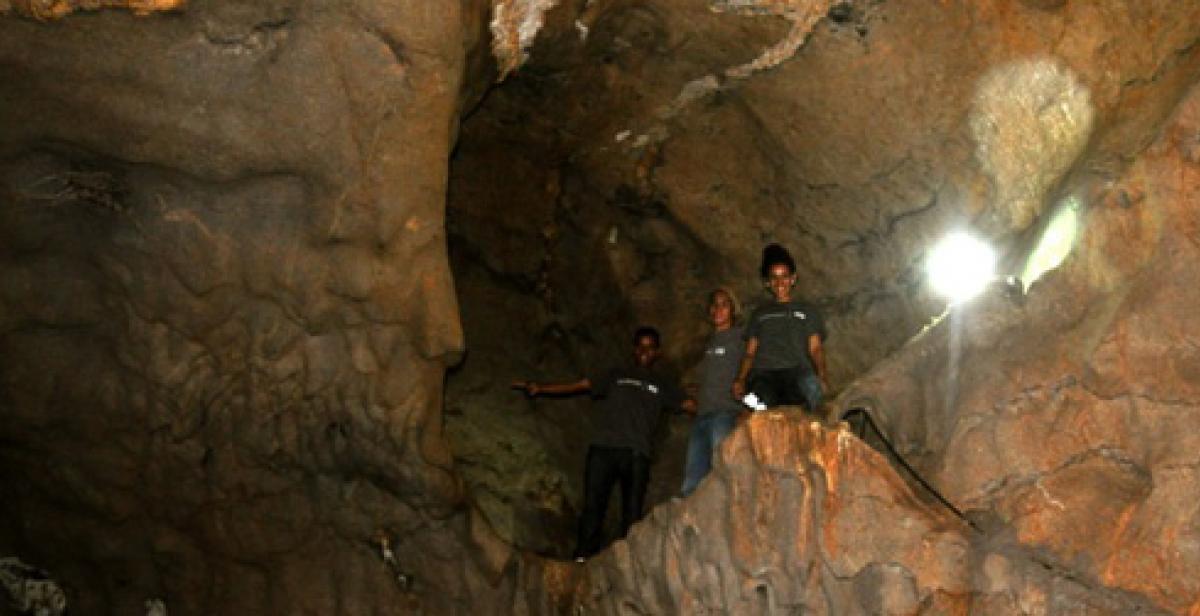Spending six weeks in Guayape, where neither restaurants nor internet exists, and the few shops that do are limited to basic amenieties, has been a real test for a group of volunteers accustomed to living in some of the world’s most developed cities. It was therefore with great excitement that in the early hours of Saturday morning we boarded a bus bound for Catecamas, a dusty town set against the base of the Sierra de Agalta, to visit the famous Cuevas de Talgua. We were about to leave Guayape!
The first high point of our five hour journey was reaching a tarmacced road (especially welcome after two hours on a bumpy, beaten track), and a shop that sold Pringles, a commodity we had virtually forgotten existed. Needless to say we stocked up to see us through the next leg to Juticalpa, which, as the capital of the region of Olanhacho, we greeted as if it were a buzzing metropolis. As we sat in a coffee shop watching the world go by, we realised how different our lives had become in Honduras - our normal weekend routines were a distant memory. We wandered around the supermarket in Catecamas later that afternoon in a slight daze, in awe of the enormous array of goods on offer: at least 15 types of cereal! That we are so easily pleased these days will no doubt be music to the ears of our present-buying loved ones, as we return to the UK just in time for Christmas…
On Sunday morning, having spent a restful night in the Hotel Catecamas (with the exception of one rat intrusion for two unfortunate volunteers), we set off for the caves. Located a short 4 km drive from Catecamas, near the village of Guanja on the banks of the Rio Talgua, the setting is of such astounding natural beauty that in the UK it would be crowded by hoards of visitors, information centres and gift shops. In Honduras, the experience is refreshingly minimal: set back amidst the lush forests, a sign and a ticket hut are all that exist to indicate our arrival.
A relatively recent addition to the Honduran tourist route, the caves only acquired international importance in 1994, when two nationals exploring the site stumbled across a hitherto unknown Mesoamerican civilsation, in the form of some 200, apparently glowing, skulls and bones. Later research determined that the unearthly appearence of this burial site was the result of a millenia of calcite from the cave roof, which served to preserve the artefacts and give them their distinctive glow. Our guide informed us the bones had been placed on the ledge approximately 3,000 years ago, stacked neatly with pieces of ceramic and jade. In many Mesoamerican societies caves were seen as entrances to the underworld. Burial sites were thus located within them to aid the dead on their journey to the next world.
Though the bones have since been removed to the Honduran capital, Tegucigalpa, the caves remain an experience in themselves. As we stepped into the shadowy enclave the soaring temperatures instantly dropped, and we felt cold for the first time in weeks. The river tributary which roars through the entrance is deafening, but take several steps further and you are enshrouded in a silent darkness, the few electric lights the only markers to your way forward. When, after a 15-minute walk further into the tunnel network you have still not reached the end, it is hard not to consider the enormity of your surroundings, and the ’what ifs’ of a power cut, or worse.
Fortunately, any feelings of claustrophobia are distracted by the inherent beauty of the ever-changing rock formations that neither our seven cameras nor skilled photographers could quite capture. Adjusting our eyes to the streaming sunshine an hour later, we departed with a renewed appreciation for the incredible history that underlies this fascinating country. Arriving home on Sunday evening, we felt refreshed and ready to embrace the week ahead. In less than two weeks we will be leaving Guayape and our life here for the last time. Rest assured, we intend to make the most of every minute we have left.
Written by ICS volunteer Natasha Dalton



